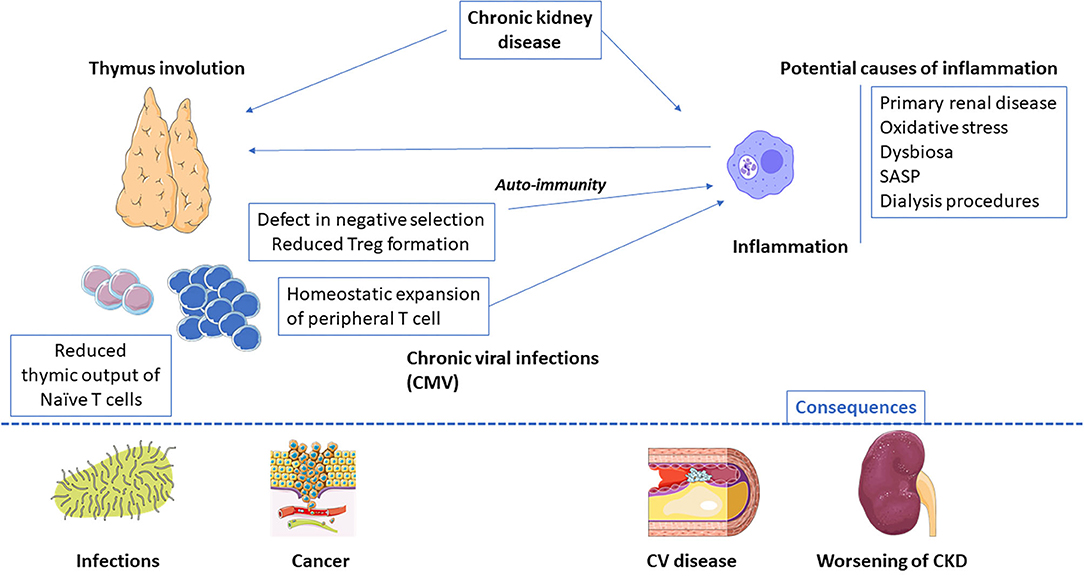
Bacteroides thetaiotaomicron uses a widespread extracellular DNase to promote bile-dependent biofilm formation | bioRxiv

Age et statut de la plate-forme littorale. A : caractère hérité ou... | Download High-Resolution Scientific Diagram

Pleiotropic effects on E. coli physiology of the AraC-like regulator from prophage origin, AppY | bioRxiv
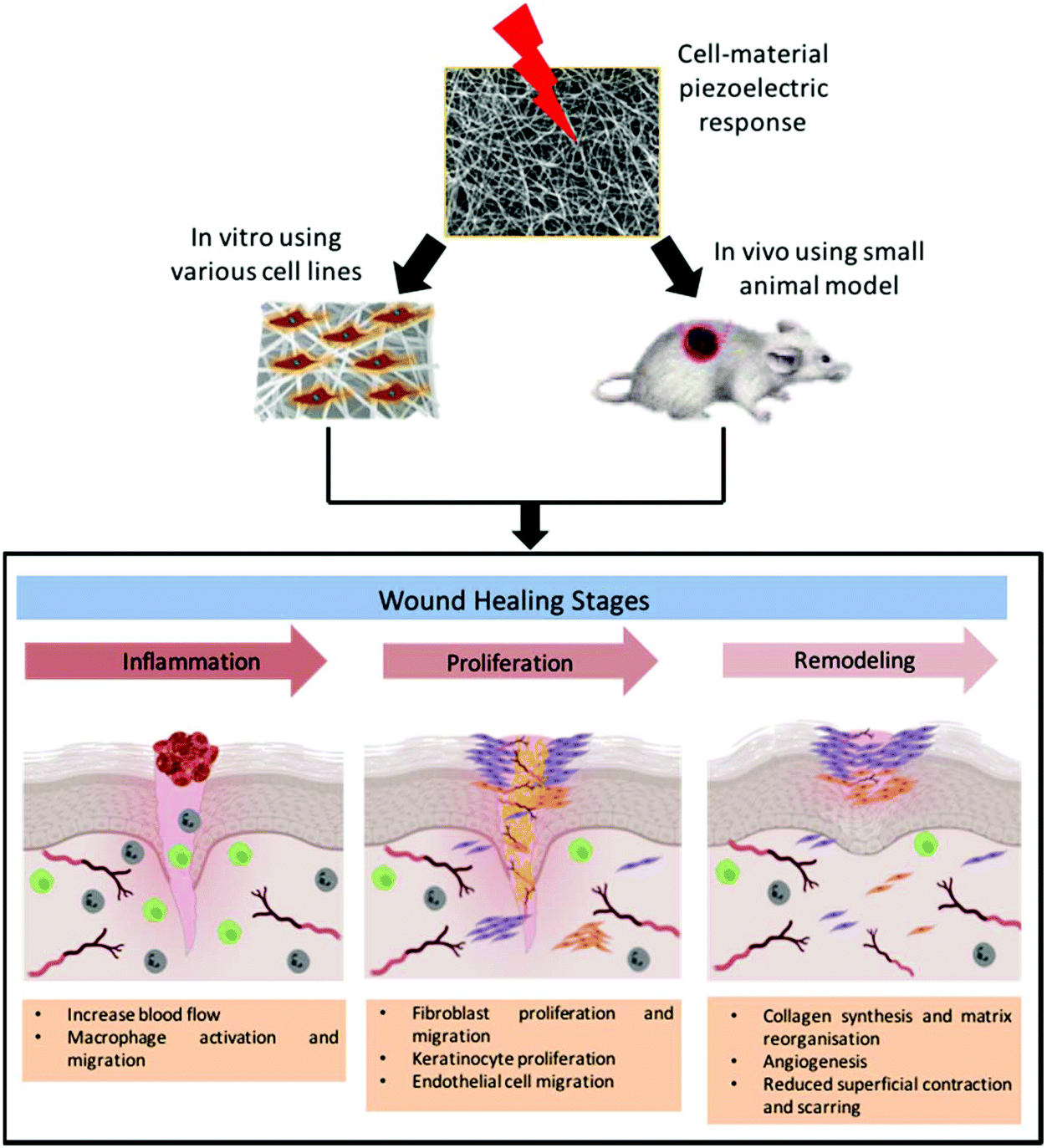
Piezoelectric core–shell PHBV/PDX blend scaffolds for reduced superficial wound contraction and scarless tissue regeneration - Biomaterials Science (RSC Publishing) DOI:10.1039/D1BM00379H

Inhibition of the pseudokinase MLKL alters extracellular vesicle release and reduces tumor growth in glioblastoma - ScienceDirect
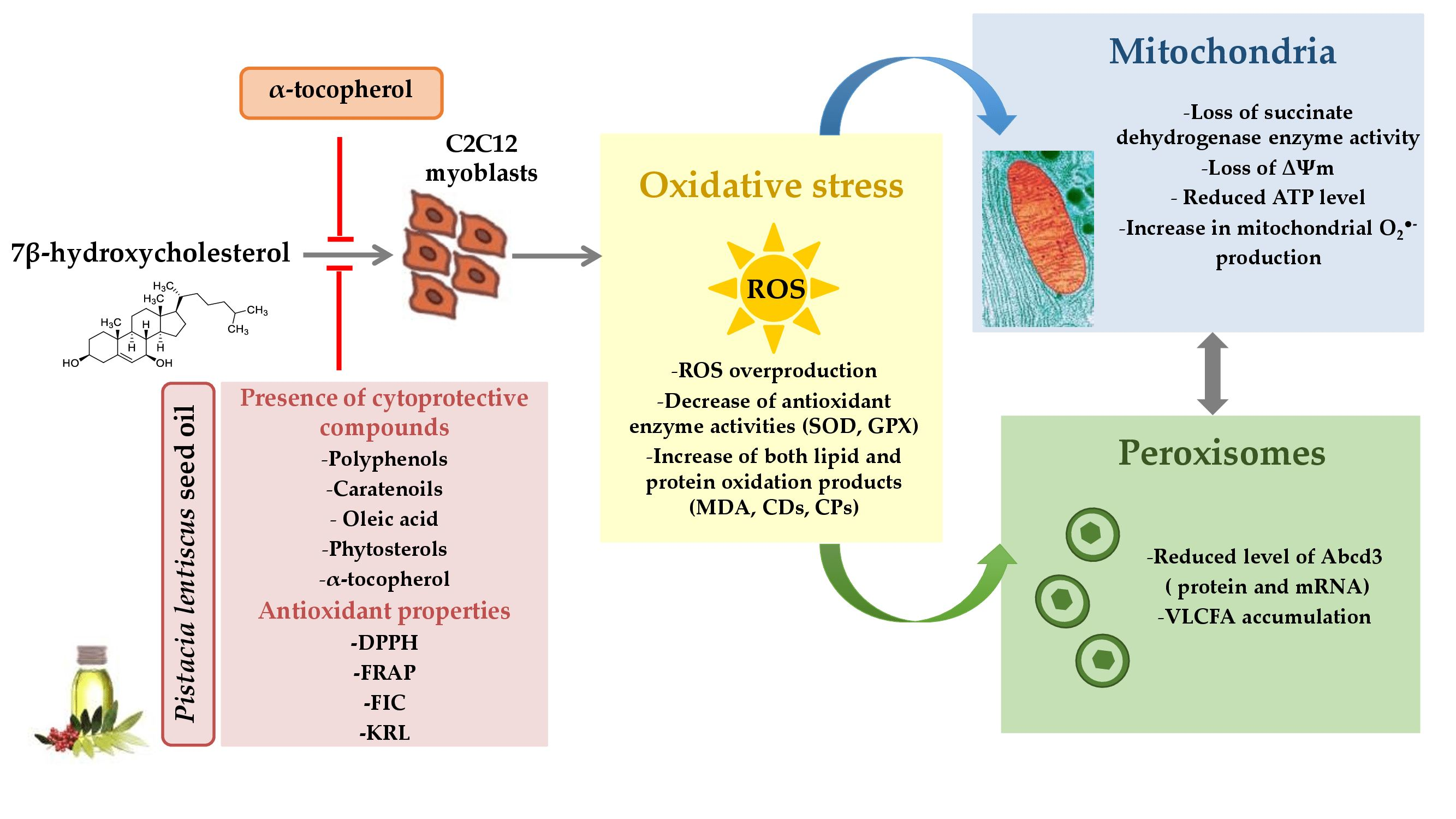
Antioxidants | Free Full-Text | Antioxidant Properties and Cytoprotective Effect of Pistacia lentiscus L. Seed Oil against 7β-Hydroxycholesterol-Induced Toxicity in C2C12 Myoblasts: Reduction in Oxidative Stress, Mitochondrial and Peroxisomal ...
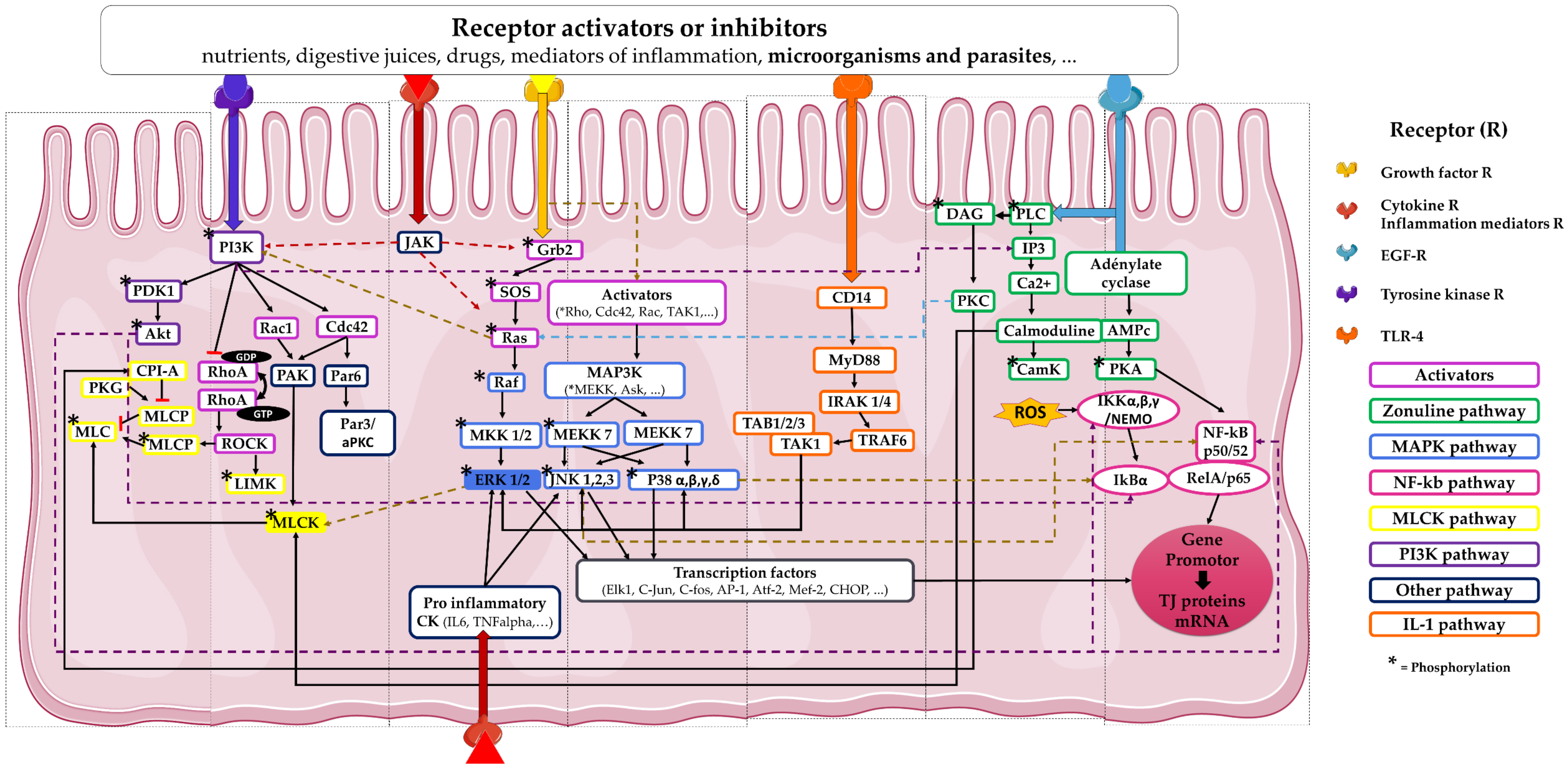
IJMS | Free Full-Text | Tight Junctions as a Key for Pathogens Invasion in Intestinal Epithelial Cells | HTML

Bacteroides thetaiotaomicron uses a widespread extracellular DNase to promote bile-dependent biofilm formation | bioRxiv

Bacteroides thetaiotaomicron uses a widespread extracellular DNase to promote bile-dependent biofilm formation | bioRxiv

Site-specific photolabile roadblocks for the study of transcription elongation in biologically complex systems | Communications Biology

NAD kinase promotes Staphylococcus aureus pathogenesis by supporting production of virulence factors and protective enzymes | eLife
Beta-blockers disrupt mitochondrial bioenergetics and increase radiotherapy efficacy independently of beta-adrenergic receptors
Dynamic Growth and Shrinkage of the Salmonella-Containing Vacuole Determines the Intracellular Pathogen Niche

Bacteroides thetaiotaomicron uses a widespread extracellular DNase to promote bile-dependent biofilm formation | PNAS
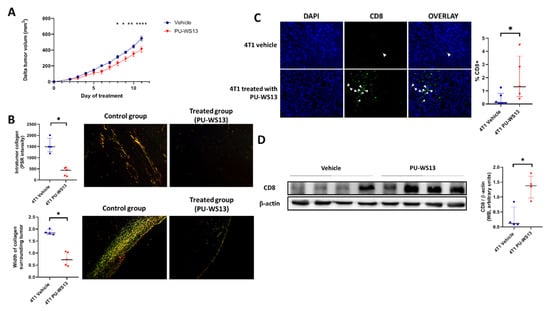
Cells | Free Full-Text | The GRP94 Inhibitor PU-WS13 Decreases M2-like Macrophages in Murine TNBC Tumors: A Pharmaco-Imaging Study with 99mTc-Tilmanocept SPECT | HTML

A collection of barcoded natural isolates of Saccharomyces paradoxus to study microbial evolutionary ecology - Bleuven - 2019 - MicrobiologyOpen - Wiley Online Library

Autotransporters Drive Biofilm Formation and Autoaggregation in the Diderm Firmicute Veillonella parvula | Journal of Bacteriology
Genomic variants from RNA-seq for goats resistant or susceptible to gastrointestinal nematode infection | PLOS ONE

Bacteroides thetaiotaomicron uses a widespread extracellular DNase to promote bile-dependent biofilm formation | PNAS

Evolution and activation mechanism of the flavivirus class II membrane-fusion machinery | Nature Communications
